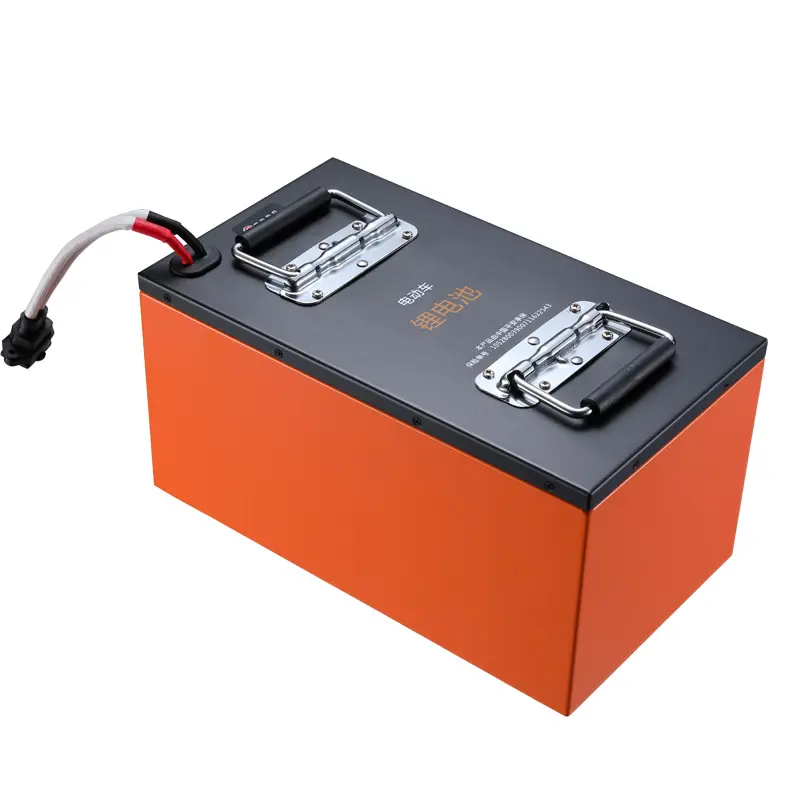The Ultimate Guide to Choosing the Perfect Motorcycle Battery

Choosing the right motorcycle battery is crucial for ensuring optimal performance and longevity of your bike. With various types and specifications available, it can be challenging to make an informed decision. This guide will provide comprehensive insights into selecting the perfect motorcycle battery, ensuring you make the best choice for your needs.
Understanding Motorcycle Batteries
Types of Motorcycle Batteries
Motorcycle batteries come in several types, each with unique characteristics:
-
Lead-Acid Batteries
- Flooded Lead-Acid (FLA) Batteries: These are the most common and affordable type. They require regular maintenance, including checking and topping off the electrolyte levels.
- Absorbed Glass Mat (AGM) Batteries: These are maintenance-free and provide better performance and longevity compared to FLA batteries. They are spill-proof and resistant to vibration.
- Gel Cell Batteries: These are similar to AGM batteries but use a gel electrolyte. They are also maintenance-free and offer excellent performance, especially in extreme temperatures.
-
Lithium-Ion Batteries
- Lithium Iron Phosphate (LiFePO4) Batteries: These are lightweight, have a longer lifespan, and charge faster than lead-acid batteries. They are more expensive but provide superior performance.
Key Specifications to Consider
When choosing a motorcycle battery, several key specifications should be taken into account:
- Cold Cranking Amps (CCA): This measures the battery's ability to start the engine in cold temperatures. A higher CCA rating is better for cold-weather starting.
- Amp-Hour (Ah) Rating: This indicates the battery's capacity to provide a steady current over a specified period. A higher Ah rating means the battery can last longer between charges.
- Reserve Capacity (RC): This measures the battery's ability to sustain a minimum voltage level in case the charging system fails. A higher RC is beneficial for long rides.
Factors to Consider When Choosing a Motorcycle Battery
Compatibility
Ensuring compatibility with your motorcycle's specifications is paramount. Check the owner's manual or consult with a professional to determine the correct battery size, voltage, and terminal configuration.
Performance and Reliability
Opt for a battery that offers consistent performance and reliability. AGM and lithium-ion batteries are known for their superior performance and durability, making them ideal choices for most motorcycles.
Maintenance Requirements
Consider the maintenance needs of the battery. While FLA batteries require regular electrolyte checks and topping off, AGM and lithium-ion batteries are virtually maintenance-free, saving you time and effort.
Environmental Conditions
Choose a battery that can withstand the environmental conditions you typically ride in. Gel and AGM batteries perform well in extreme temperatures, while lithium-ion batteries are excellent for high-performance needs.
Cost and Warranty
Evaluate the cost of the battery in relation to its performance and lifespan. Higher-end batteries, such as AGM and lithium-ion, may have a higher upfront cost but offer better long-term value. Additionally, consider the warranty offered by the manufacturer to ensure protection against defects and premature failure.
Installation and Maintenance Tips
Installing Your Motorcycle Battery
- Safety First: Wear protective gloves and eyewear to prevent injury from battery acid.
- Remove the Old Battery: Disconnect the negative terminal first, followed by the positive terminal. Remove any brackets or straps holding the battery in place.
- Install the New Battery: Place the new battery in the battery compartment, secure it with brackets or straps, and connect the positive terminal first, followed by the negative terminal.
Maintaining Your Motorcycle Battery
- Regular Inspections: Check the battery terminals for corrosion and clean them with a mixture of baking soda and water if necessary.
- Charge Regularly: Keep your battery charged, especially if your motorcycle is not used frequently. Use a smart charger to maintain optimal charge levels.
- Store Properly: If storing your motorcycle for an extended period, remove the battery and store it in a cool, dry place. Charge it periodically to prevent discharge.
Troubleshooting Common Battery Issues
Battery Not Holding Charge
If your battery is not holding a charge, it could be due to several factors:
- Aging Battery: Batteries lose their capacity over time. If your battery is old, it may need to be replaced.
- Faulty Charging System: Check the motorcycle’s charging system to ensure it is functioning correctly.
- Parasitic Drain: Ensure there are no electrical components draining the battery when the motorcycle is off.
Difficulty Starting the Motorcycle
Difficulty starting the motorcycle can be caused by:
- Low CCA Rating: Ensure the battery has a sufficient CCA rating for your motorcycle.
- Cold Weather: Cold temperatures can reduce battery performance. Use a battery with a higher CCA rating or a battery warmer.
- Corroded Terminals: Clean the battery terminals to ensure a good connection.
Conclusion
Choosing the right motorcycle battery involves considering various factors, including battery type, specifications, compatibility, performance, and maintenance needs. By understanding these factors and following the tips provided, you can ensure optimal performance and longevity of your motorcycle's battery.
Edit by paco


